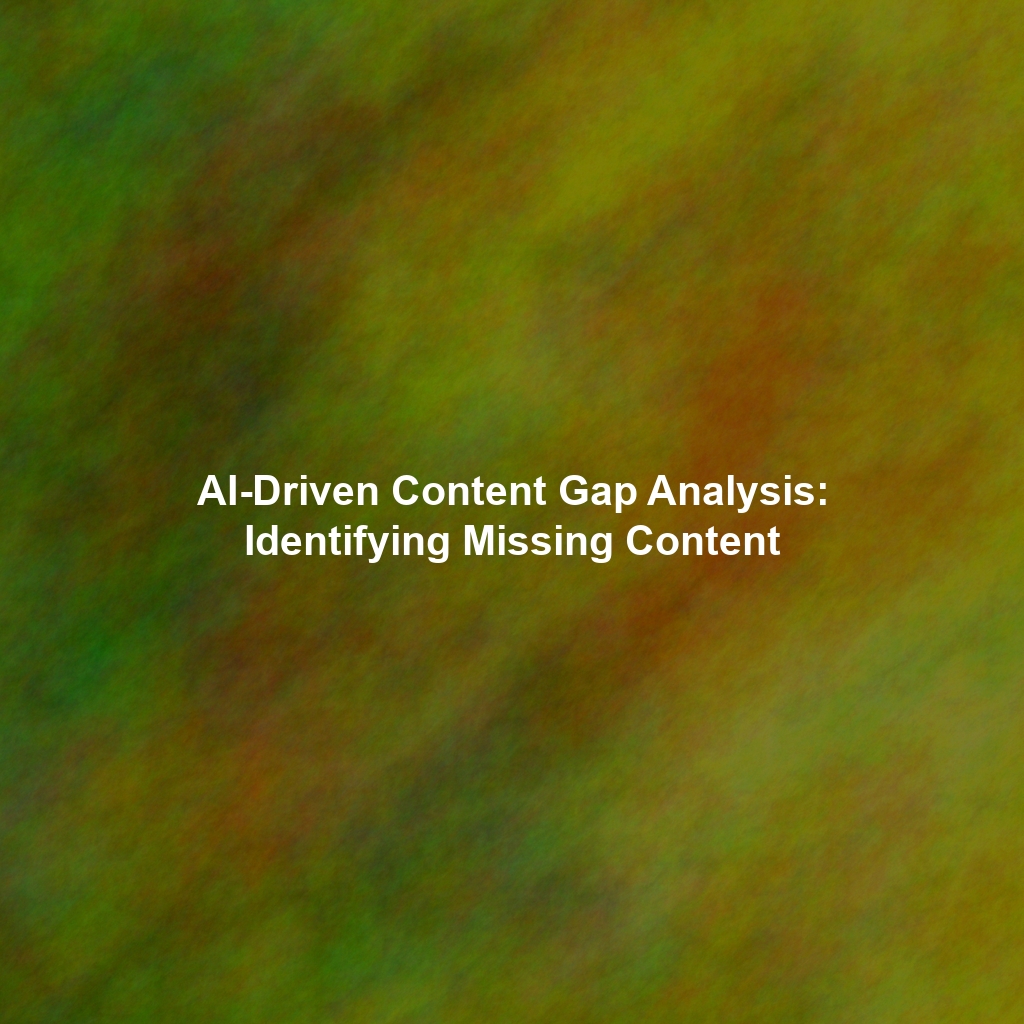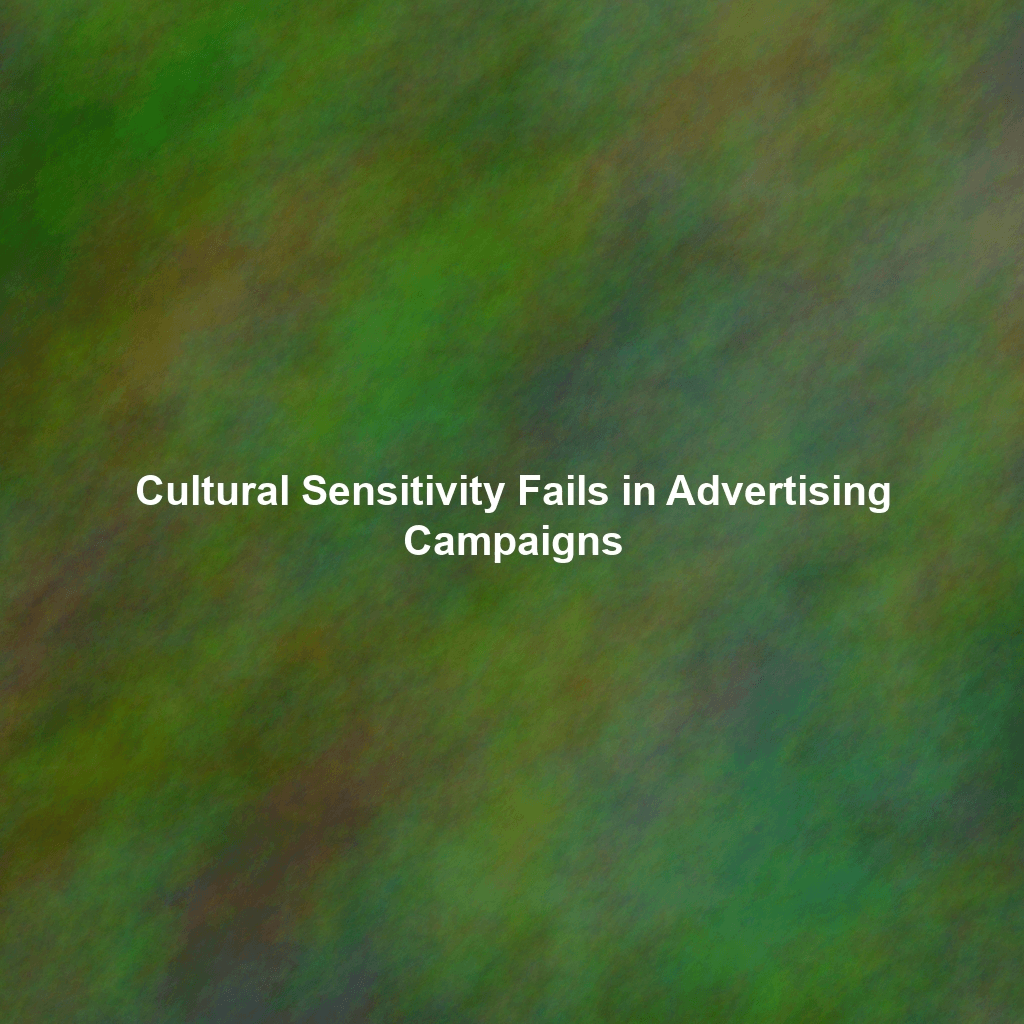The Double-Edged Sword of Humor in Marketing
Humor is a powerful tool in marketing. A well-executed joke can grab attention, build rapport with your audience, and make your brand more memorable. But what happens when the joke falls flat? Or worse, when it offends or alienates potential customers? The line between hilarious and horrendous is often thinner than marketers realize, and crossing it can have devastating consequences for a brand’s reputation.
Navigating the Minefield: Understanding the Risks
The first step in using humor effectively is understanding the inherent risks. Humor is subjective and culturally dependent. What one person finds funny, another might find insensitive or even offensive. Furthermore, the context in which a joke is delivered plays a crucial role in its reception. A joke that might be acceptable in a casual conversation between friends could be completely inappropriate in a marketing campaign targeting a diverse audience.
Several factors contribute to the potential for humor to fail in advertising. These include:
- Cultural insensitivity: Jokes that rely on stereotypes or misunderstandings about different cultures are almost always a recipe for disaster.
- Misunderstanding of the target audience: A joke that resonates with one demographic might fall flat or offend another.
- Trivializing serious issues: Attempting to inject humor into sensitive topics like poverty, disease, or violence can be perceived as disrespectful and insensitive.
- Inappropriate tone: The tone of a joke can significantly impact its reception. A joke that comes across as mean-spirited or condescending is likely to alienate your audience.
- Poor execution: Even a well-intentioned joke can fail if it’s poorly written, acted, or presented.
Case Studies: Lessons from Marketing Mishaps
Examining real-world examples of marketing campaigns that went wrong can provide valuable insights into the pitfalls of using humor. Let’s look at a few notable cases:
The Pepsi Kendall Jenner Ad: Trivializing Social Justice
In 2017, Pepsi released an ad featuring Kendall Jenner joining a street protest and offering a can of Pepsi to a police officer, seemingly resolving the tension. The ad was widely criticized for trivializing the Black Lives Matter movement and other social justice issues. The public outcry was swift and severe, with many accusing Pepsi of co-opting activism for commercial gain. Pepsi quickly pulled the ad and issued an apology, but the damage to their brand reputation was already done.
The Lesson: Avoid using social issues as a backdrop for your marketing campaigns, especially if your brand has no genuine connection to the cause. Authenticity and respect are paramount.
Dove’s Body Wash Ad: Racial Insensitivity
Dove faced backlash in 2017 for an ad that showed a Black woman removing her t-shirt to reveal a white woman underneath. While Dove claimed the ad was intended to promote diversity, it was widely interpreted as suggesting that Black skin was “dirty” and that white skin was “clean.” The ad sparked outrage online, with many accusing Dove of racism. Dove apologized and removed the ad, but the controversy highlighted the importance of being mindful of racial sensitivities in advertising.
The Lesson: Ensure your marketing campaigns are inclusive and respectful of all races and ethnicities. Seek feedback from diverse perspectives during the creative process.
Bloomingdale’s Christmas Catalog: Promoting Date Rape?
In 2015, Bloomingdale’s faced criticism for an advertisement in their Christmas catalog that featured a man looking at a woman with the caption “Spike your best friend’s eggnog when they’re not looking.” The ad was widely condemned for promoting date rape. Bloomingdale’s quickly issued an apology and removed the ad from circulation, but the damage to their reputation was significant.
The Lesson: Thoroughly review all marketing materials to ensure they don’t promote or condone harmful or illegal behavior.
Protein World’s “Are You Beach Body Ready?” Campaign: Body Shaming
Protein World’s 2015 “Are You Beach Body Ready?” campaign featured a slim woman in a bikini and prompted widespread criticism for body shaming. Many people felt the ad promoted unrealistic beauty standards and contributed to negative body image issues. The campaign sparked protests and vandalism, and Protein World faced significant backlash on social media.
The Lesson: Avoid using marketing campaigns that promote unrealistic beauty standards or contribute to negative body image issues. Focus on promoting healthy lifestyles and positive body image.
Avoiding the Pitfalls: Best Practices for Using Humor Responsibly
While the risks of using humor in marketing are real, it’s still a valuable tool when used responsibly. Here are some best practices to help you avoid offensive or misunderstood campaigns:
- Know your audience: Conduct thorough research to understand your target audience’s values, beliefs, and sensitivities.
- Test your jokes: Before launching a campaign, test your jokes with a diverse group of people to get feedback on their potential reception.
- Be culturally sensitive: Avoid jokes that rely on stereotypes or misunderstandings about different cultures.
- Avoid sensitive topics: Steer clear of using humor in relation to sensitive topics like tragedy, poverty, or violence.
- Consider the context: Think carefully about the context in which your joke will be delivered. A joke that might be acceptable in one setting could be inappropriate in another.
- Be mindful of your tone: Avoid jokes that come across as mean-spirited, condescending, or dismissive.
- Focus on self-deprecating humor: Humor that pokes fun at your own brand can be a safe and effective way to build rapport with your audience.
- Have a crisis communication plan in place: Be prepared to respond quickly and effectively if your campaign is perceived as offensive or insensitive.
The Importance of Feedback and Course Correction
Even with careful planning and testing, a marketing campaign can still miss the mark. The key is to be vigilant, monitor public response, and be prepared to course correct if necessary. Listen to feedback on social media, in customer reviews, and through other channels. If your campaign is perceived as offensive or insensitive, apologize sincerely and take immediate action to address the issue.
Ignoring negative feedback can exacerbate the situation and further damage your brand’s reputation. A quick and sincere apology can go a long way in mitigating the damage.
Conclusion: Humor with Humility and Awareness
Humor can be a powerful asset in marketing, but it’s essential to approach it with caution and awareness. By understanding the risks, learning from past mistakes, and following best practices, you can use humor effectively to engage your audience, build brand loyalty, and achieve your marketing goals. Remember, the goal is to connect with your audience in a positive and meaningful way. When in doubt, err on the side of caution and prioritize respect and sensitivity over shock value.
 Skip to content
Skip to content

